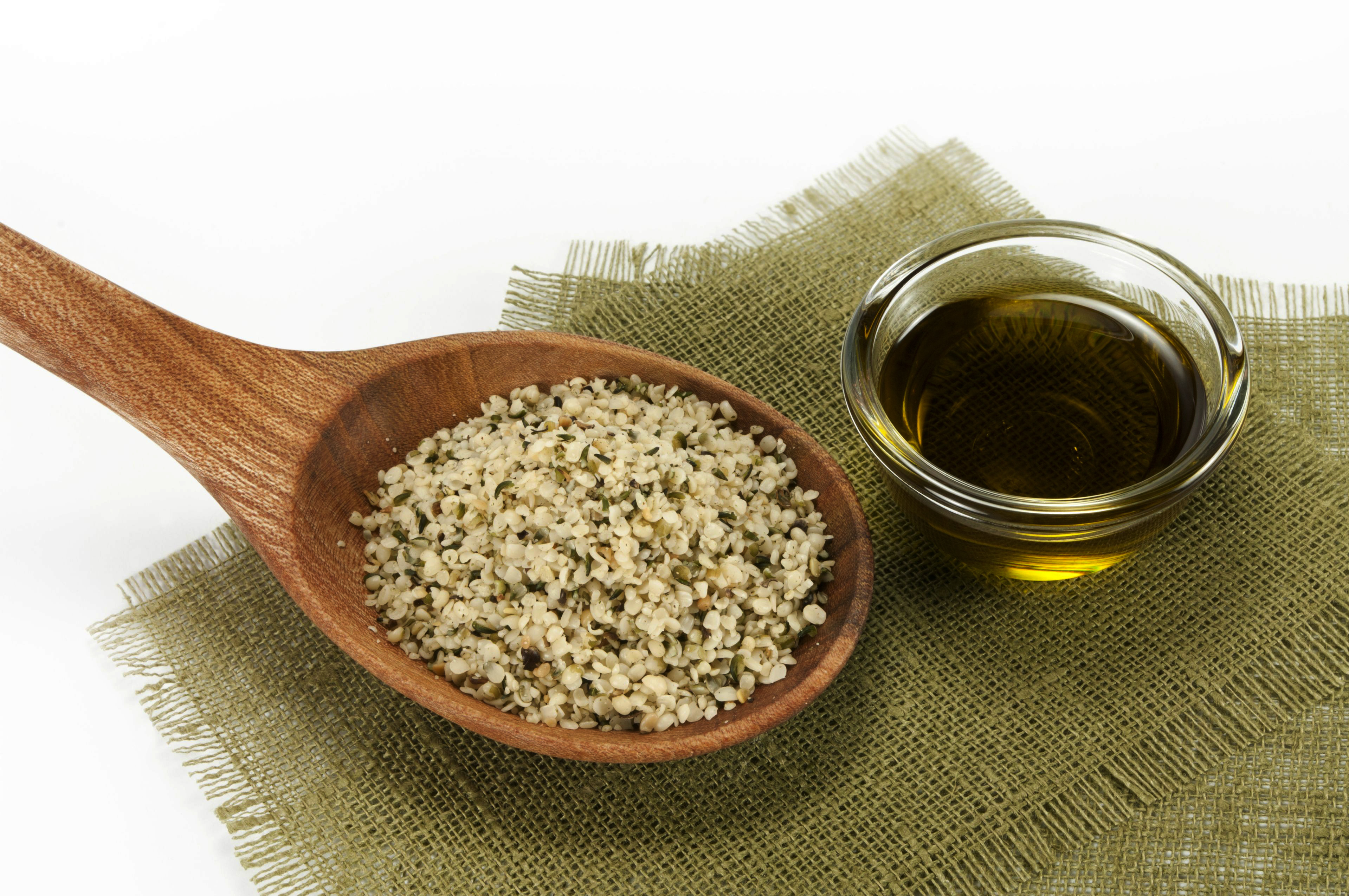[et_pb_section bb_built=”1″][et_pb_row][et_pb_column type=”4_4″][et_pb_text _builder_version=”3.13.1″]
An adequate control of the breathing will allow you to relax completely and eliminate the symptoms caused by stress, anxiety or depression, which in the long run, can pose a serious problem.
In the process of breathing several muscles intervene, including the most important of which is the diaphragm, which under stress or stress conditions we use incorrectly, causing rapid and superficial breathing. The solution to your problem is to correctly use all the muscles involved in the process of breathing, and to get it, we will perform different types of breathing, so you will understand it better.
Exercise 1: abdominal or diaphragmatic breathing
This type of breathing helps strengthen the diaphragm and decrease the rate of breathing. To do it lie on your back, put one hand on the upper chest and the other on your abdomen, this way you will feel the movements of the diaphragm when you breathe. Inspire slowly and deeply, the hand on your chest should remain as still as possible and that of your abdomen should rise as you take in air. Hold the breath counting to three, then release the air taking into account that the hand of your chest should remain still and that of your abdomen should go down at the same time as you exhale.
Exercise 2: costal or thoracic breathing
Now your attention should be focused on the thorax and the ribs. As in the previous exercise, place one hand on the upper chest and another on the abdomen. Inspire slowly and deeply, the hand of your chest must rise while you take in air and that of your abdomen must remain still. You must appreciate how your rib cage fills and empties and how your abdomen remains still in the meantime.
Exercise 3: clavicular breathing
This type of breathing is poor and superficial and usually predominates in people with anxiety. It can cause hyperventilation leading to dizziness and dizziness so you should only do this exercise to check the muscles involved and not as a daily workout. Place one hand on your chest and another on your abdomen. Inspire slowly and deeply, you should notice that your abdomen and chest remain still while the upper part of the thorax and the clavicles are filled with air. Expel all the air and pay attention to how your clavicular area empties.
Well, with these three exercises you have recognized the muscles that are involved in breathing. Enjoy now the exercise that will help you relax completely.
Live a healthy life with Pharmamedic.
[/et_pb_text][/et_pb_column][/et_pb_row][/et_pb_section]






